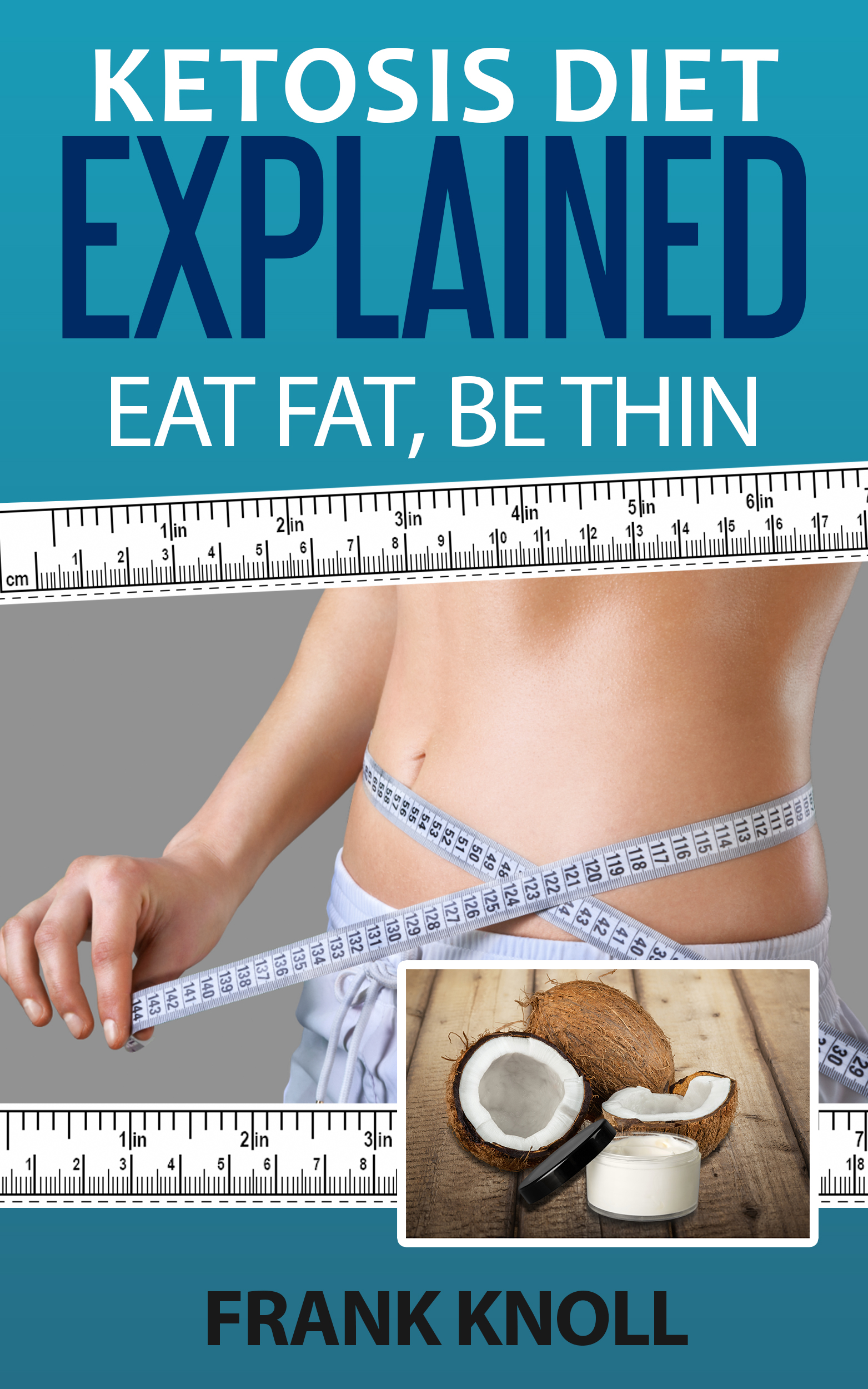
Seven Steps to Low carb eating…
The low-carb eating in the form of ketosis has a positive effect on hormone regulation-also known as blood sugar regulation, acts a fat burning furnace, and brings the body a number of benefits. Here are seven tips for low-carb living that can help you lose weight…and keep the weight off!
1. Avoid Sugar and Starch
Sugar and starch are a form of carbohydrates, which if consumed in excess, will turn into fat as our liver has no choice to turn that energy into fat and that liver fat leads to further metabolic diseases. Start by limiting your carbohydrate intake to 20 grams a day by avoiding carb-rich foods like flour, pasta, sugar, rice and starchy vegetables. Go through nutrient labels on the consumables and keep a track of your daily carb consumption.
2. Eat ‘’Real Foods’’
Medium chain triglycerides (MCT) foods, such as coconut oil, yogurt, and butter consist of good fats, and are easily broken down and used as energy. Highly absorbent, MCTs are commonly used as a therapeutic treatment for malabsorption related issues, including Crohn’s Disease. MCTs have also shown benefits when used by people who don’t have a gallbladder.
3. Eat Fat to Lose Fat
Although you shouldn’t limit yourself to eating meager quantities of oils and butter, you shouldn’t consume more once you start feeling full.
4. Eat Greens Every Day
Vegetables are rich with minerals otherwise hard to obtain, like magnesium, potassium, calcium, manganese, folate and betain. The fiber content also speeds up bowel movements, preventing stomach problems while giving the body an overall healthy, refreshing boost. The best way to eat more greens is eating a cup of non-starchy vegetables, raw, and 2 cups of salad greens.
Veggies can include broccoli, summer squash, wax beans, zucchini, jicama, mushrooms, asparagus, Brussels sprouts, leeks, cucumber, egg plant, shallots, rhubarb, celery artichokes, peppers, okra, tomatoes, and pumpkins. It should be remembered that certain vegetables contain a significant amount of carbs, and so should be zigzagged with good fats in your diet.
5. Drink Lots of Liquids
Besides dehydrating yourself with a minimum of 2 liters (at least 8 glasses) of water, drink bouillon to lessen fatigue and headache (unless you are hypertensive). Have a can of caffeinated diet soda or up to 3 cups of coffee a day.
6. Increase Activity While Reducing Stress:
Inactive muscles and a stressed mind can go a long way towards impacting the body negatively and making weight loss much harder. Stress may also lead to excessive dietary temptations, like sugar cravings. Increasing the daily activity will keep your mind occupied and manage your sweet tooth while decreasing appetite, building muscle and improving bone density.
7. Eat When You’re Hungry, Stop When You’re Full
It is great to start off by knowing the difference between hunger and cravings. If you are moderately hungry, feed your body the essential foods so you don’t end up wanting more and overeating. If you’ve had your fair share of food, but are still tempted to eat, distract yourself with activities.
Listen to your body… if you’re not hungry you don’t have to eat. Even when you eat, make sure you eat until you are not feeling hungry, NOT until you’re full. It’s better to satiate your hunger 80%, while leaving the 20% intact.
For more information here is our book:
Click image to learn how to become a best selling amazon author…




